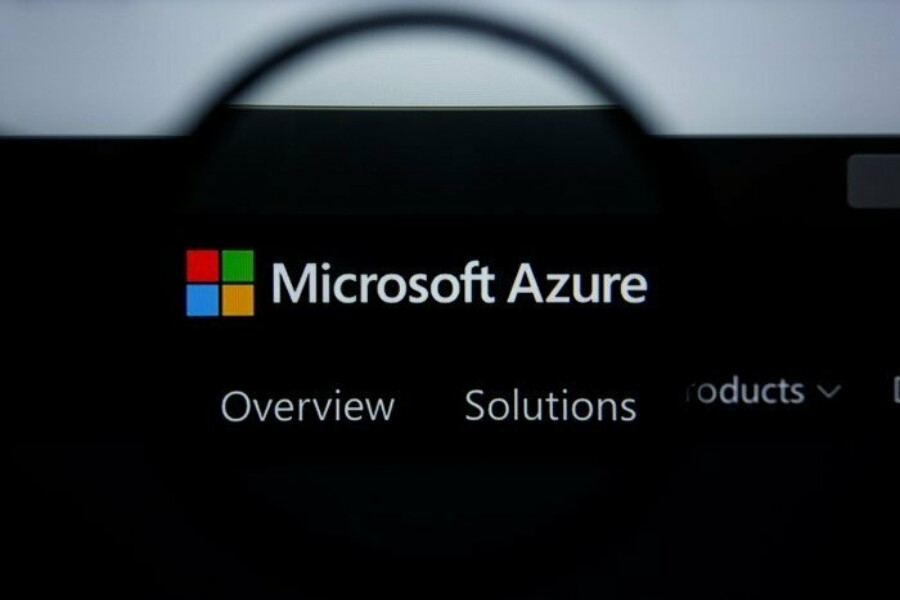
Fever pitch is a term that describes a state of extreme excitement or agitation. It’s an apt assessment of what many SAP customers are feeling as a result of the hyperscalers vying for their SAP applications and workloads.
In North America, the term “hyperscalers” refers to Amazon Web Services (AWS), Google Cloud Platform (GCP), and Microsoft Azure. Make no mistake: There’s much at stake for these three hyperscalers because of several market forces crashing into each other, including:
- Most enterprises have waning interest in running their own data centers, so they’re looking for secure and cost-effective hosting environments in the cloud.
- SAP has always offered customers choice with its software—i.e., choose your own database to run your apps on, or systems integrator (SI) to help you implement the software—and this has continued with its approach to certified cloud hosts.
- Hyperscalers are looking to sell add-on services and move “up the stack” with their customers, which is not surprising, since they’re businesses, too.
- And, lastly, there are still many other viable options for customers to consider, including: operating their own hardware (HP, Dell, EMC); outsourcing their data center (IBM, Verizon, AT&T); and outsourcing their SAP infrastructure (Virtustream, Syntax).
Customers, meanwhile, have been telling SAP that they’re hearing confusing and contradictory messages from the hyperscalers, SIs, and SAP itself as to how to actually transition to SAP S/4HANA. Shouldn’t moving to the cloud be easier than this, SAP? (At ASUG, we’ve been hearing similar sentiments.)
Which brings us back to the term fever pitch—excitement combined with agitation, which is what many SAP customers are experiencing as the end of maintenance date for SAP ECC moves closer.
SAP’s Project Embrace
SAP announced Project Embrace at SAPPHIRE NOW and ASUG Annual Conference 2019. The project was a strategic collaboration with the three hyperscalers and a number of other global strategic service partners (GSSPs).
“The program itself is designed to help ASUG members and other SAP customers move to SAP S/4HANA in the cloud, but within the context of their existing technology stacks and IT environments,” ASUG wrote of the announcement.
Five months later, on Oct. 21, SAP changed things up. It announced an “extensive go-to-market partnership—from conceptualization to sales—to accelerate customer adoption of SAP S/4HANA and SAP Cloud Platform on Microsoft Azure.” Customers still retained their choice of hyperscaler as part of the Embrace program, but Azure was now the “preferred cloud provider.”
The core differentiator for customers who want to go with Azure rests on these four pillars, according to SAP:
- Market approved journeys (i.e., a collection of industry-based use cases that will serve as the foundation for customers’ SAP S/4HANA transitions)
- Reference architecture (i.e., a jointly developed technical blueprint that will continue to be enhanced)
- A cloud platform solution (the SAP Cloud Platform on Azure as the core platform)
- Digital business services (premium support services from both SAP and Microsoft)
That’s the crux of it. SAP says that it wants to offer customers more than just its SAP S/4HANA cloud partner certification for hyperscalers. With the Azure partnership, SAP is emphasizing clarity and ease of consumption over variable technical options and myriad paths to take.
Unlike in the past, SAP is now offering a prescriptive set of cloud platform and database services, which is a big change. As one senior exec at SAP told me: “In the past, SAP didn’t use to have an opinion on what you did once you bought the software from us. Now we do.”
I’d love to know what SAP customers are hearing or if you have any questions. As always, you can email me your thoughts.